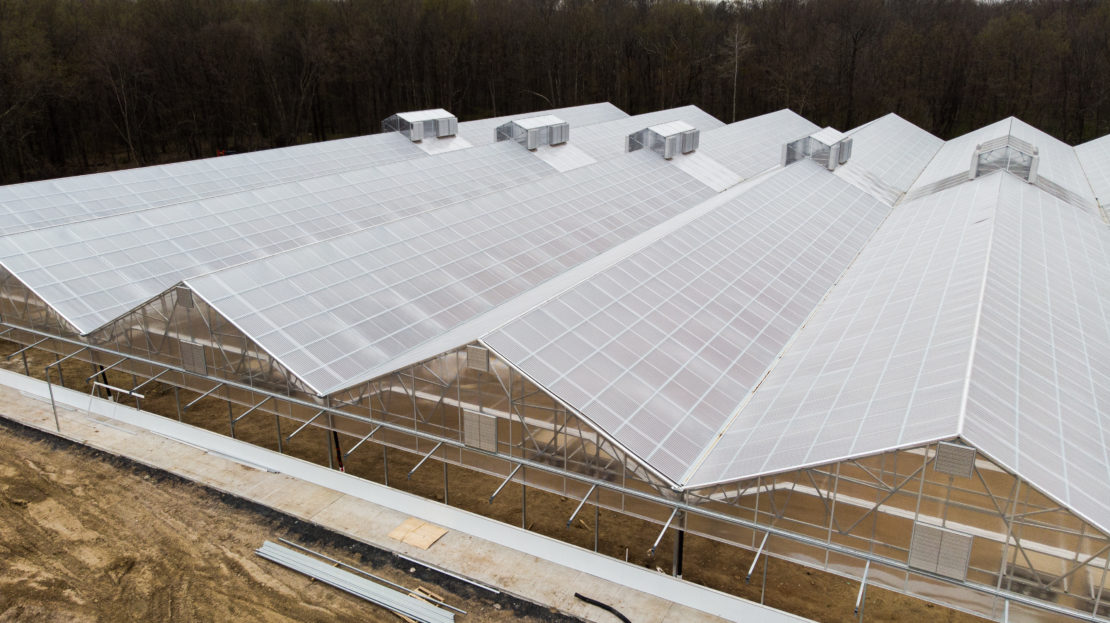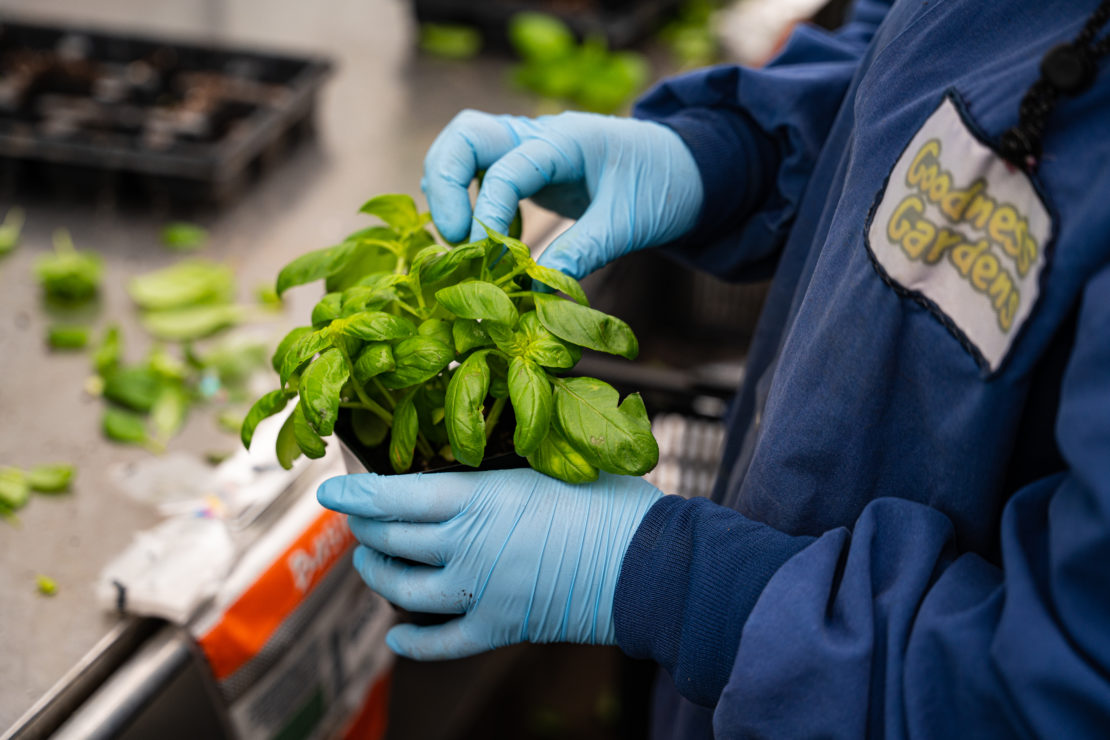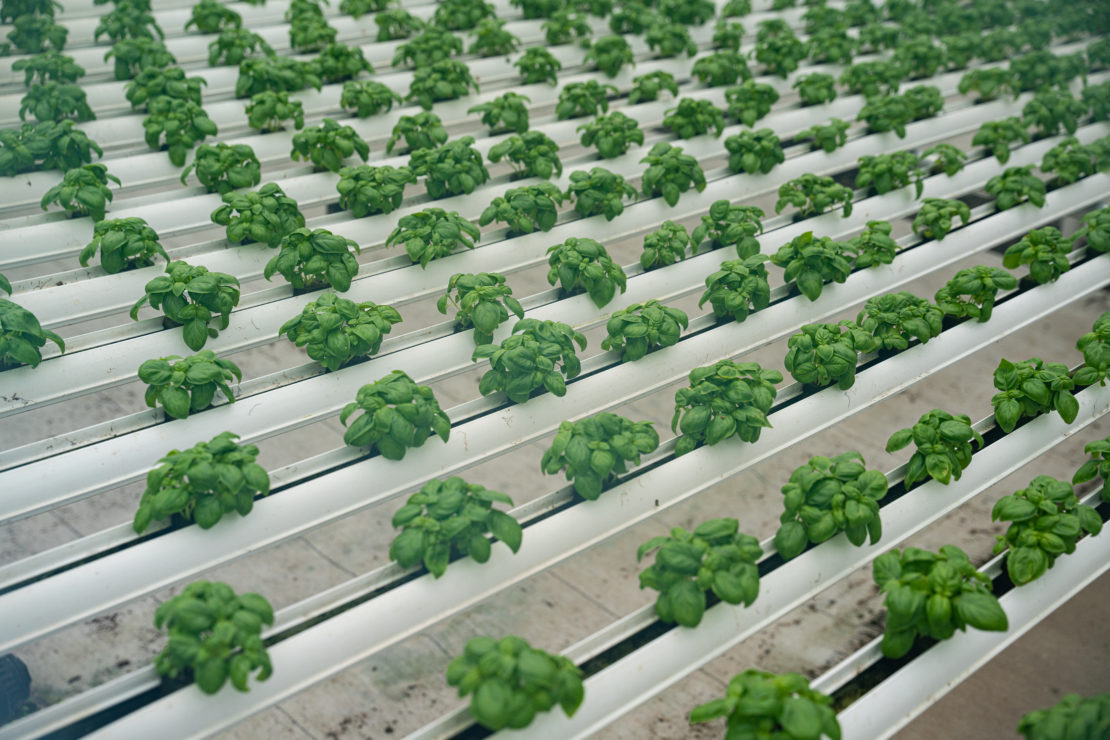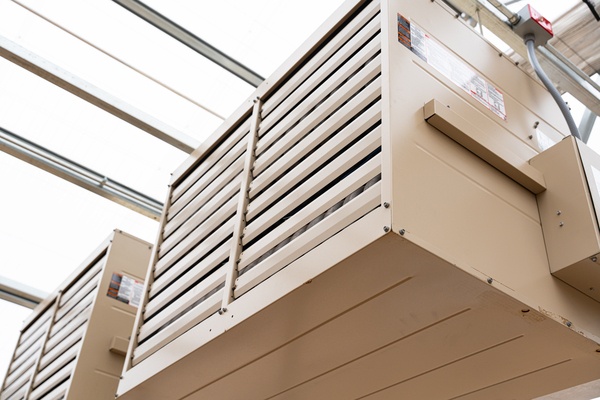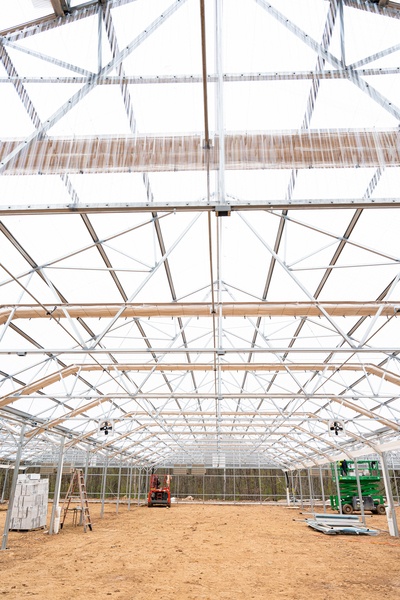
From Mowing Lawns to Running a Thriving Herb Business: How Goodness Gardens Was Born
In 1980, 20-year-old Brian Murphy was earning money for college by cutting grass at a private estate owned by Ed Rosenthal. One day, Rosenthal approached Murphy and said, “I’m going to put a hydroponics research facility on my property and I wondered if you’d like to run it.”
Murphy laughs as he remembers the exchange. At the time, he had no knowledge of growing. In fact, he was planning to go to college to study information technology (IT). But Rosenthal needed help and explained to Murphy that they would be researching hydroponics. Intrigued, Murphy decided that he could always delay his IT studies and try hydroponics first.

Their research started with three greenhouses that Murphy had built himself. He didn’t realize building 12,000 square feet of greenhouses was going to be such a labor-intensive job, but he did so single-handedly. Rosenthal had invested in a project where they grew everything in 5-gallon buckets (except for lettuce, which was grown on PVC trays). Murphy invented his own tray system which included homemade gutters to hold plants and allow for good draining; those trays are still in use today. Although the hydroponic venture had good production in the summer, they learned that light was a problem in the winter. There were no artificial lights in the 1980s to supplement greenhouse lighting; the only light source was daylight. This was challenging in New York, where winters are long. It was a struggle they wouldn’t correct for years.


The business was purely research in those early years, and soon the company they had partnered with on the research had closed. Rosenthal wanted to turn their research endeavor into a commercial venture, selling the produce they were growing.
With that decision, Goodness Gardens was born.
A rise in demand for fresh herbs
The new company began experimenting with growing leafy greens and herbs. Back then, with the exceptions of dill and parsley, fresh herbs were not being sold in supermarkets. Murphy tried selling various herbs to local markets. As demand grew, they expanded the farm, concentrating on basil and lettuce. When cable TV made its debut in the late 1980s, consumer interest in herbs started to rise, thanks to the Food Network. The New York Times began to feature different recipes using herbs every week, and supermarkets soon caught on. By 2000, Goodness Gardens — now experiencing even greater demand — became too big for its original farming location and moved to their current location in New Hampton, N.Y.
The company did well — until the financial crash of 2008. That’s when business screeched to a halt. “I remember that everything just stopped,” said Murphy. No-one was buying specialty items, and our business was no longer in demand.”
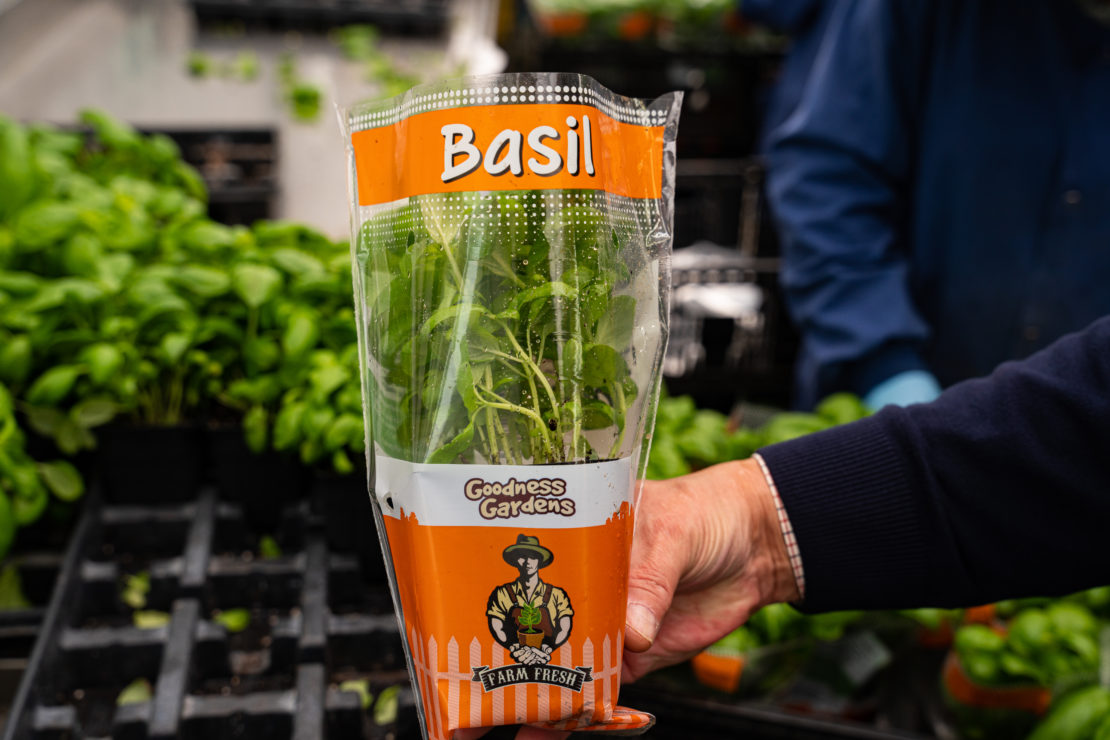
One day, Murphy was at a hardware store, looking for nuts and bolts. He found them in small packets and realized that herbs could be packaged the same way: as a single serving for 99 cents. The “single serve” was born. He designed the packages to be sold on a four-foot rack, and sell they did — rapidly. Business was back. After a year, other companies caught on, and competition became quite fierce. However, Goodness Gardens continued to innovate — including with their patented packaging, which reduces plastic consumption by 45 percent.
New Prospiant greenhouses facilitate locally grown herbs
Until recently, most of the plants at Goodness Gardens were flown in from other locations and packaged for distribution at the New Hampton location. For example, thousands of pounds of basil are flown in every night from Hawaii. In the back of Murphy’s mind, he always planned to grow locally to ensure availability and freshness. His plan to do just that was solidified in 2021, when at the last minute a supplier couldn’t deliver Goodness Gardens’ usual order of tens of thousands of pounds of sage and rosemary for the Thanksgiving holiday. Goodness Gardens had to try to find a new supplier, which was next to impossible.
This incident prompted the construction on a 125,000 square-foot Vail Atrium greenhouse and utility building designed by Prospiant. This solution, with roof vents that vertically open to 85 degrees, is known for minimizing the need to use cooling equipment and chemical and growth regulators. Goodness Gardens chose it because of the knowledge and support they received from their Prospiant sales contact. The greenhouse scheduled for completion in September 2022. Basil, chives, oregano and tarragon are difficult to ship, so Goodness Gardens plans to grow those herbs first.
Basil makes up a large amount of the business. Importing it from another location would mean that the cut plant is 3–4 days old before it is packaged and sent to customers. But by growing it locally, Goodness Gardens will eliminate waste related to this delay.
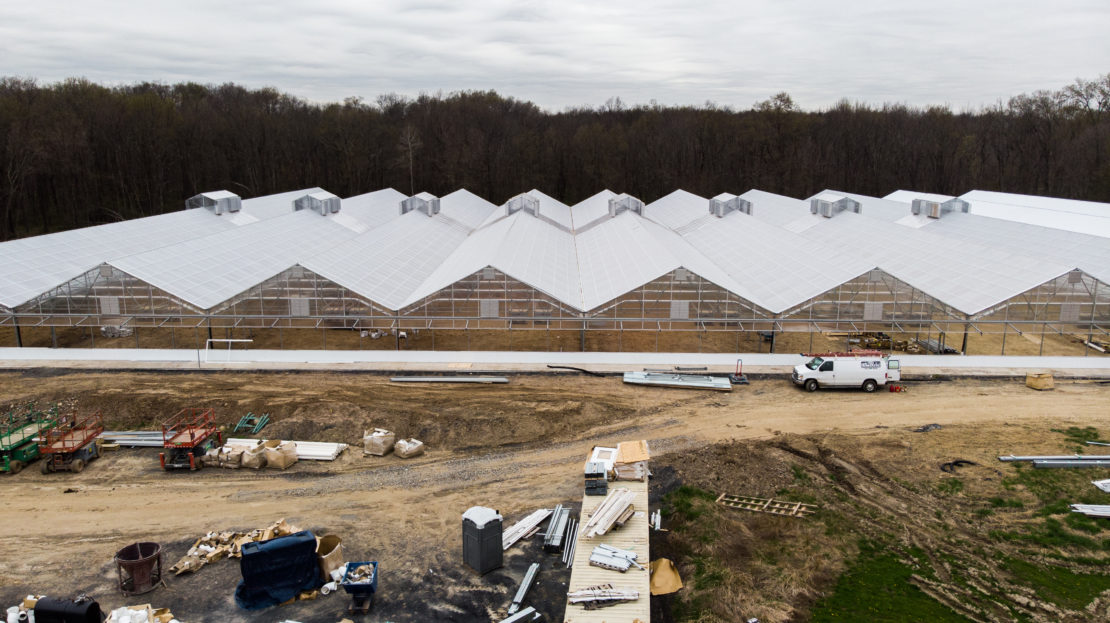
In the meantime, Goodness Gardens has another Prospiant Grand Teton greenhouse and outdoor growing space they can utilize for that purpose. With this 44,000 square-foot greenhouse, combined with 30 acres to grow outdoors in the summer, the company is set up for future demand.
In addition, Goodness Gardens has growing space in other parts of the country, including a greenhouse in Florida they are converting to four acres of grow space. The company has separate packaging location in Florida, and they have another location in Texas with an attached farm, where they’re building another 55,000 square-foot Prospiant Vail Atrium greenhouse and utility house.
Readying the next generation
Trading IT for growing herbs was a move that Murphy did not regret. Over the past 42 years, his team turned that home-built, 12,000 square-foot backyard greenhouse into nearly 500,000 square feet of greenhouse, processing, utility and outdoor grow space, along with a fleet of trucks to deliver its products. Now, his son Connor is following in his footsteps to build upon this growth and expansion. It will be fun to see what’s next for Goodness Gardens and their farm to table fresh herbs.
Project Gallery


